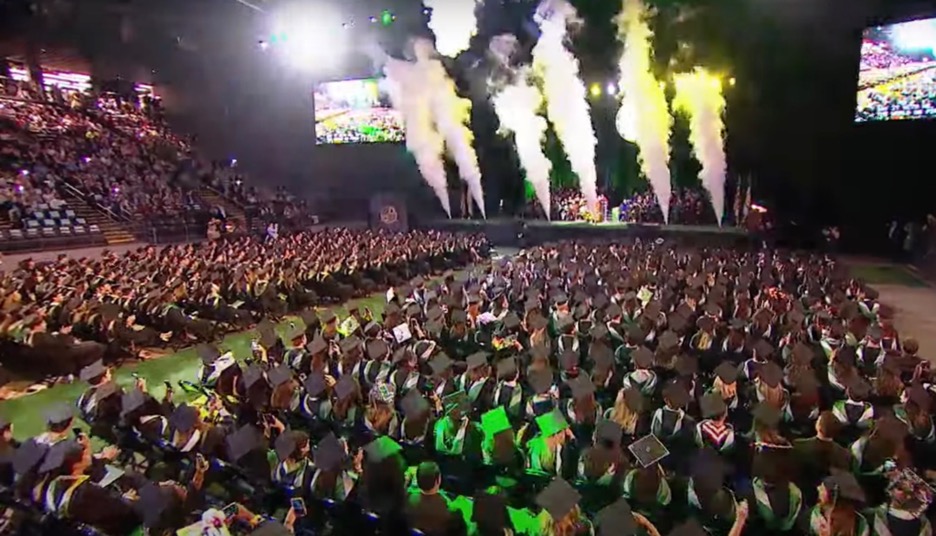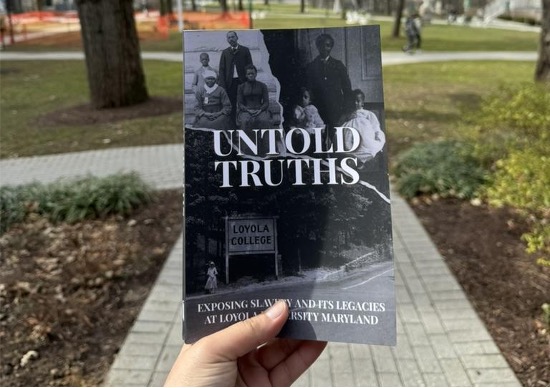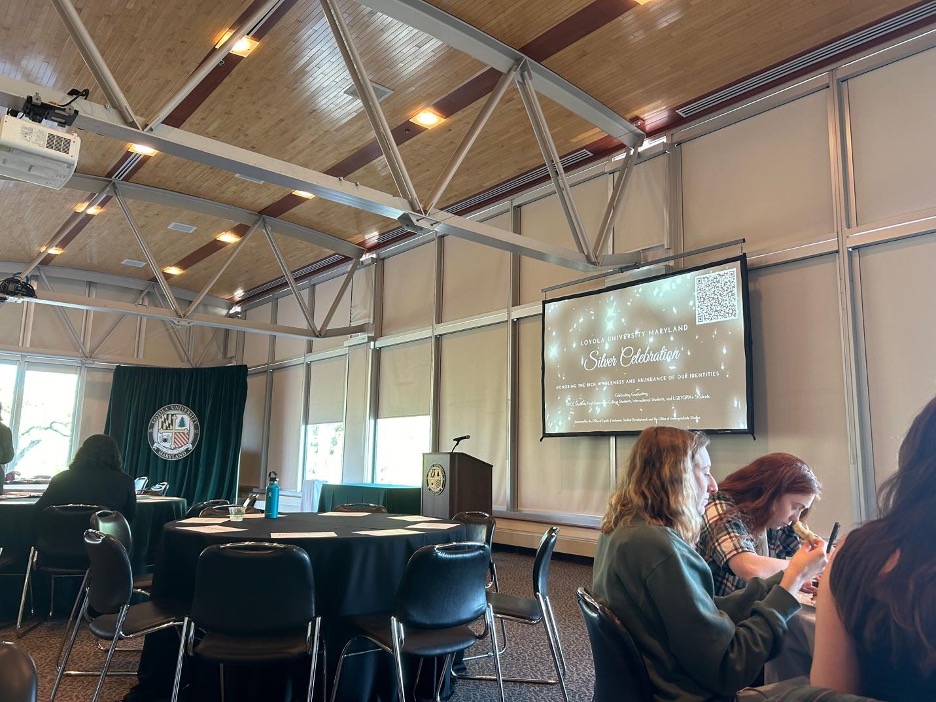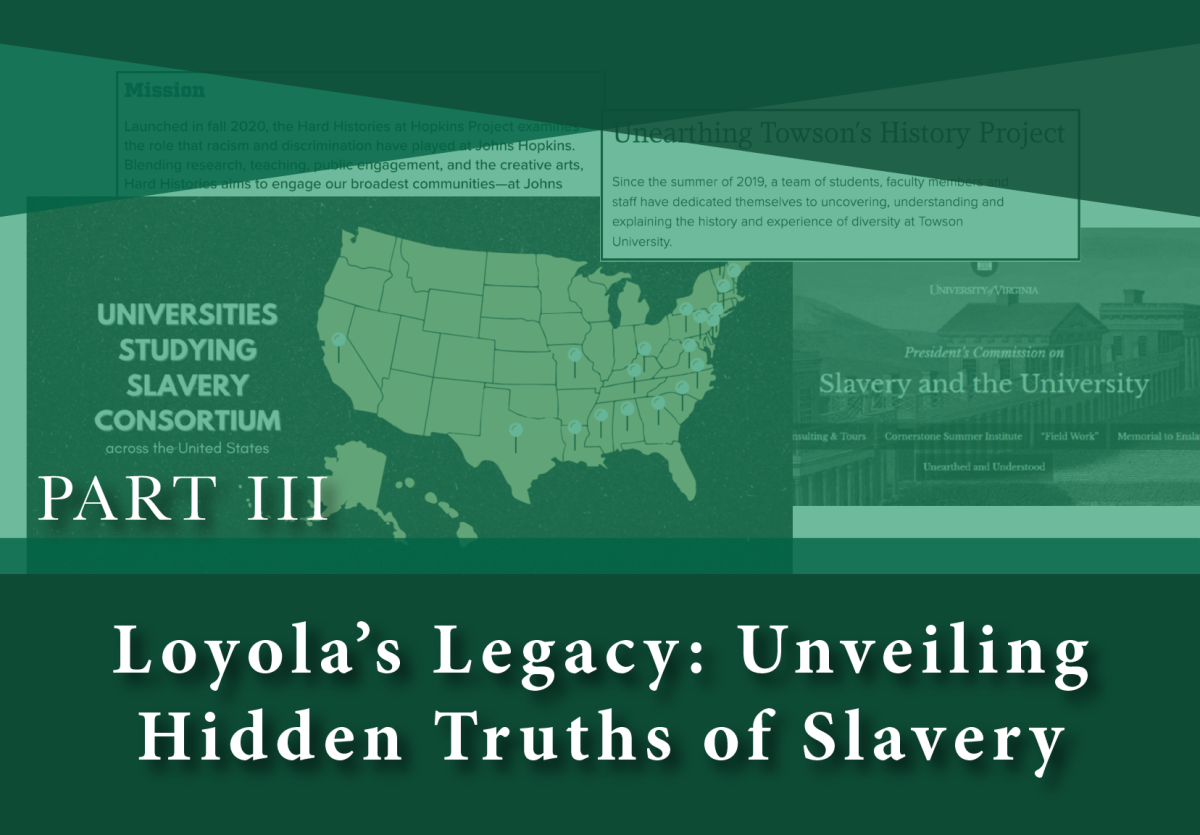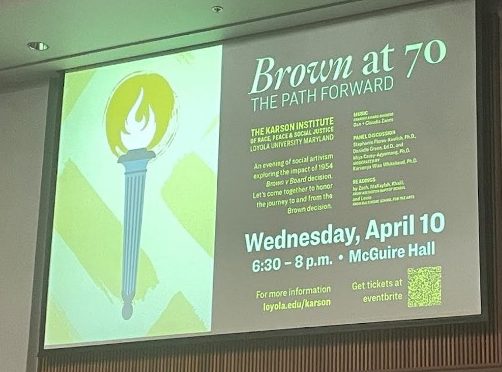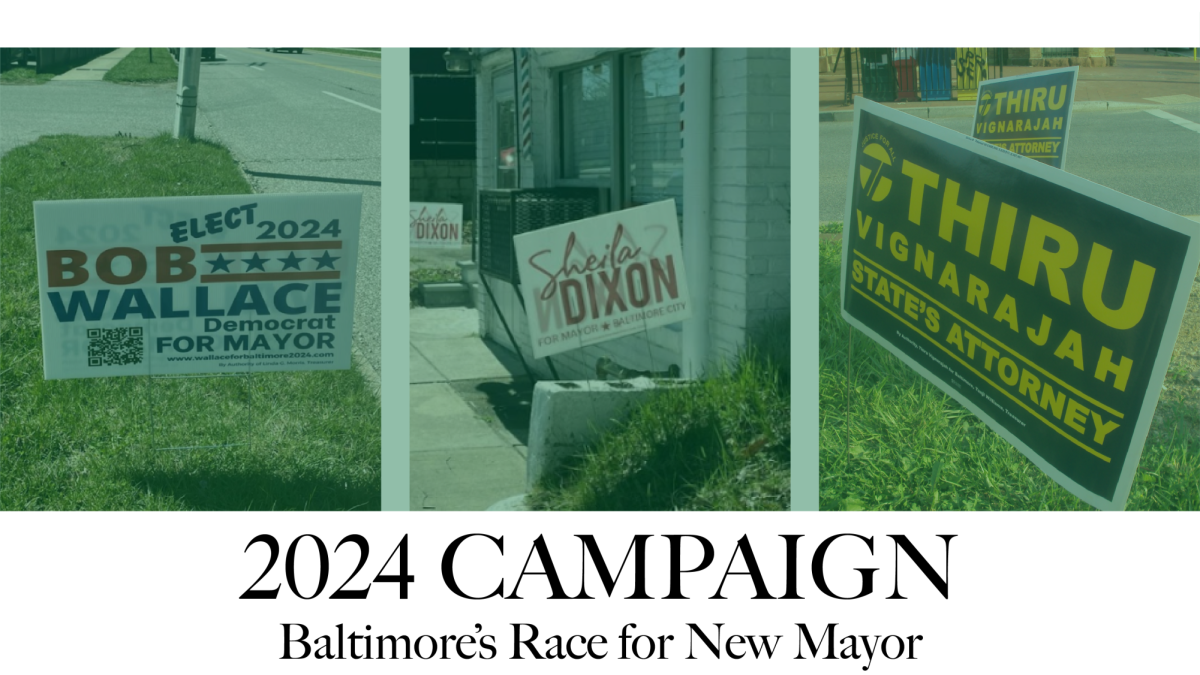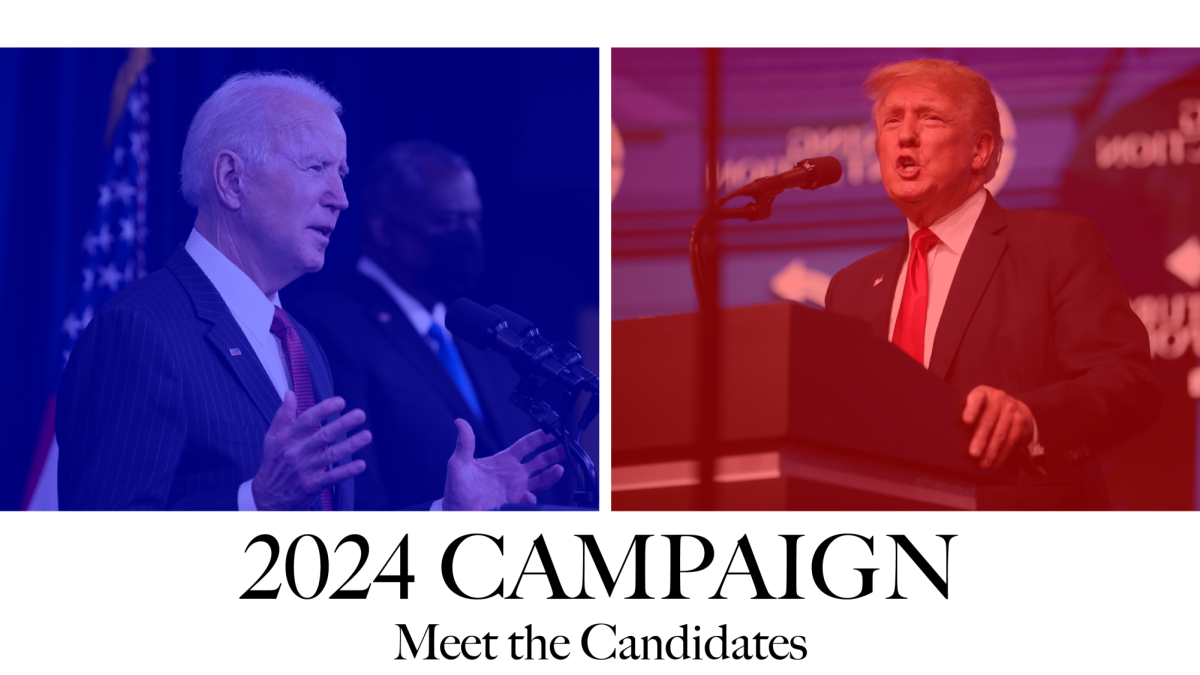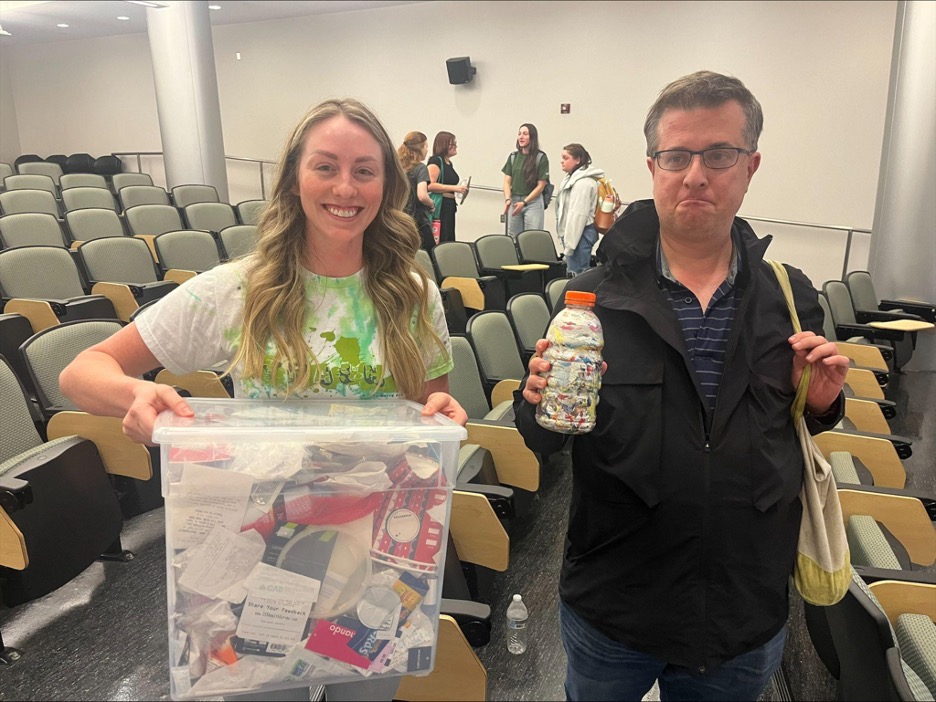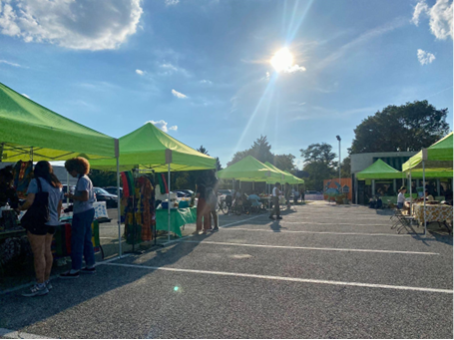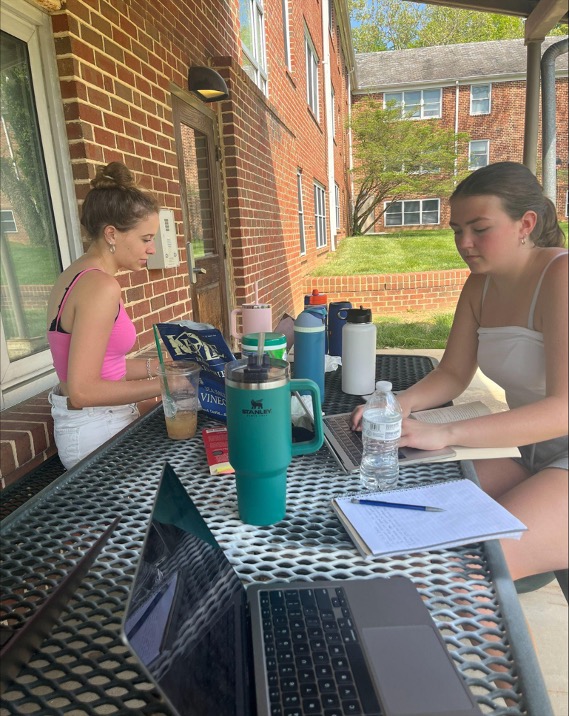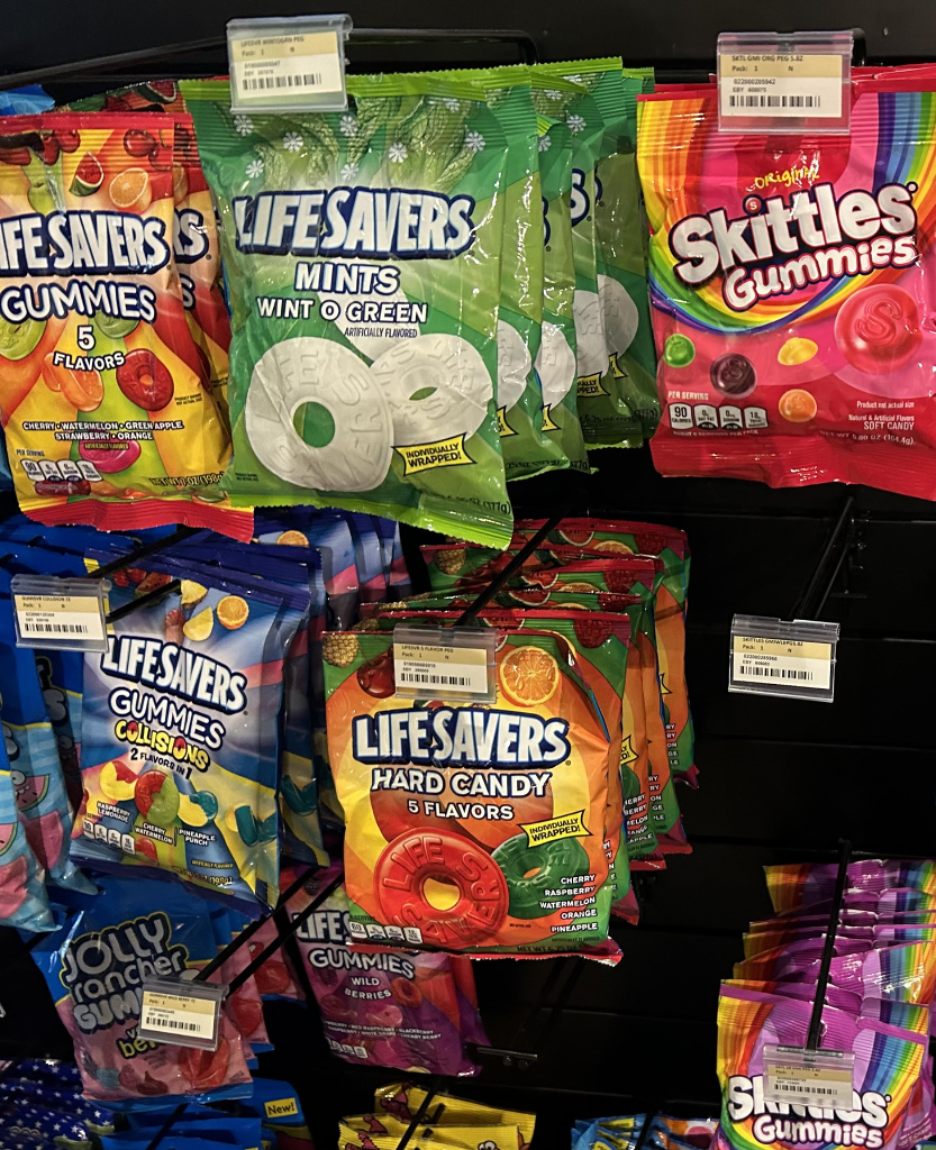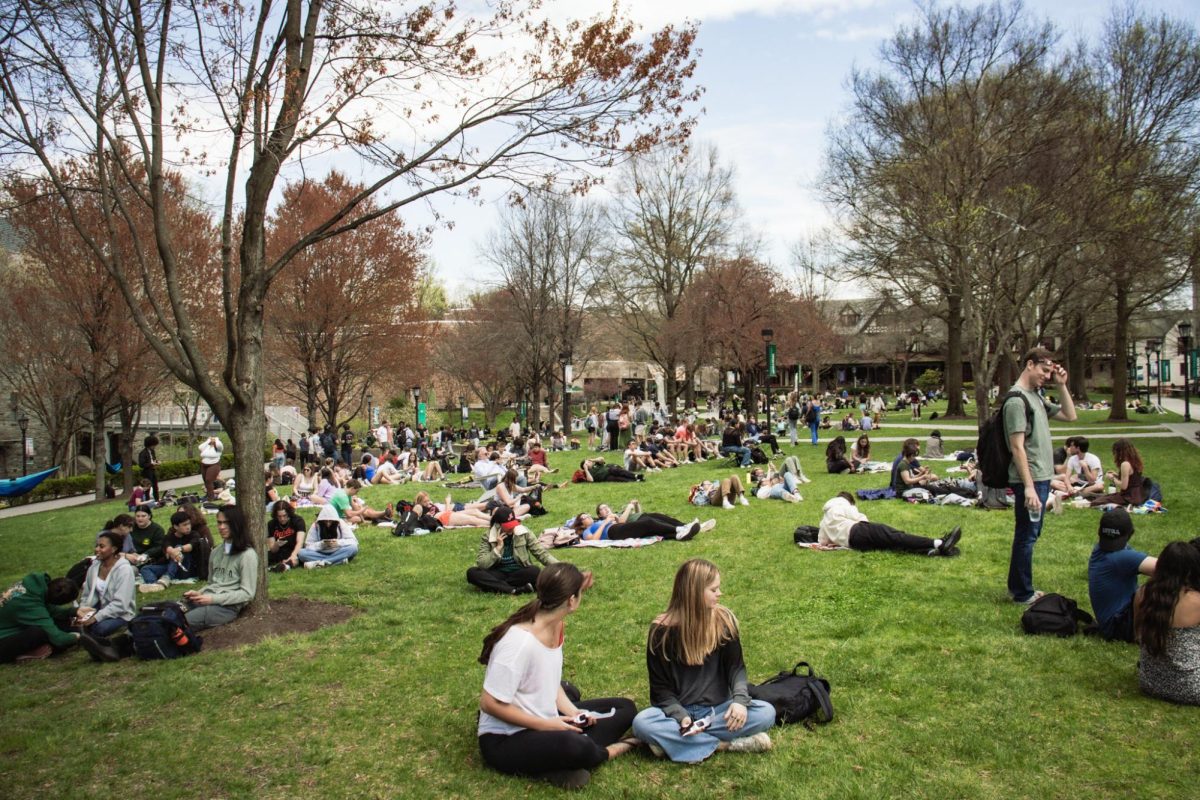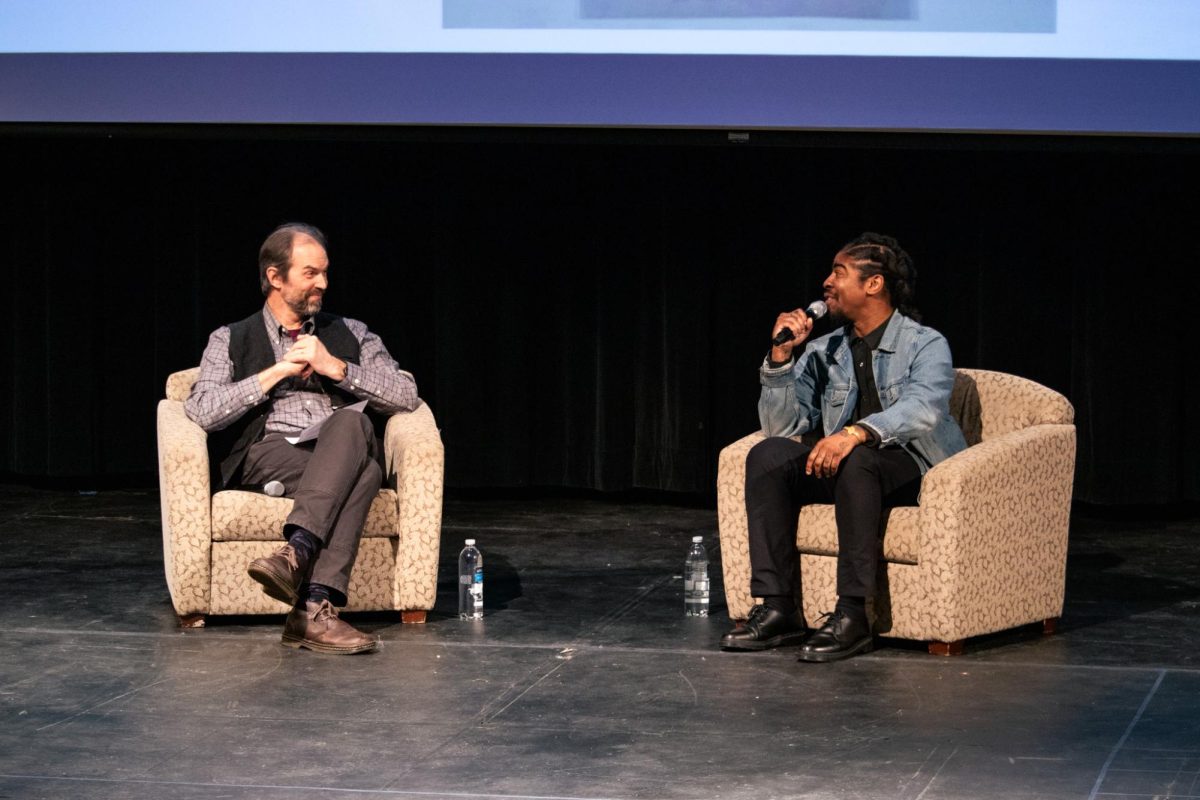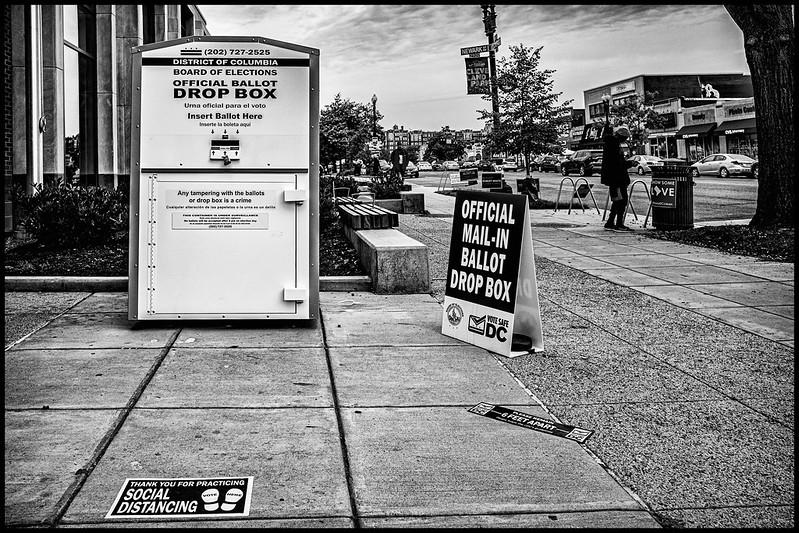Today, the United States is prepared to have one of the most eccentric election days in national history. As of Nov. 2, nearly 100 million early votes have already been counted— more than 90% of the total number of votes cast in the whole 2016 election. At the same time, there are over 9 million cases of and 230,000 deaths from COVID-19 in the country. Leading up to the election itself, Americans are still asking, donning their face masks, “Who will be elected President of the United States?” and, in the same breath, “When will we return to a ‘normal’ life without coronavirus?”
As it turns out, both questions are nearly impossible to answer under these politically and medically tumultuous circumstances.
The Trump Administration, along with the U.S. Department of Health and Human Services, have been continually working with pharmacy companies to manage the order and distribution of COVID-19 vaccines in preparation for the pandemic continuing into 2021. Additionally, on Oct. 22, the Food and Drug Administration announced Remdesivir as their first approved treatment for COVID-19 for certain afflicted patients.
A vaccine just may be in sight for 2021, but as for current conditions, coronavirus remains a highly contagious disease as case numbers spike across states, and the onset of flu season adds further ambiguity to the future of the pandemic and how long it will remain a threat. This becomes important to people, just as it is upsetting and stressful, when the ongoing election and state voting options for it are thrown into the equation.
For in-person voting, the CDC recommends that voters continue to wear face masks and bring their own voting materials as they go out to polling places, in addition to maintaining social distancing protocols and washing hands frequently.
States have varied greatly in their approaches to mail-in ballots, with Colorado, Oregon, Hawaii, Utah, Washington, and Washington D.C. conducting an already-existing, automatic mail-in ballot system, while over 20 other states have been using temporary systems that have allowed for automatic mail-in ballots or applications for them.
These vote-by-mail options have further fueled the deeply-entrenched partisanship associated with how the public and politicians have sought to respond to the COVID-19 pandemic. President Trump and his Republican supporters have continually insisted and claimed that voting by mail by the millions is bound to be fraught with fraud and “ballot harvesting.” Former Vice President Joe Biden has made his position clear in total support of the safety of mailing ballots and voting securely for the 2020 election, despite the Obama administration’s debatable preparedness for Russian interference in the 2016 election.
Even with these perceived divisions, most Americans, regardless of how the pandemic may be affecting their livelihoods and those around them, are remarkably engaged and motivated to vote for their candidates this election. According to Pew Research, 71% of both Trump and Biden supporters registered to vote have given “a lot” of thought as to who they intend to vote for, with 69% of all registered voters, and 52% of all registered voters ages 18 to 24, claiming to be “extremely motivated” to vote.
As for Nov. 2 polling data, FiveThirtyEight forecasts a 72% chance that Democrats take control of all three branches of government, giving Joe Biden a 90% chance of winning re-election, in addition to RealClearPolitics predicting a similar outcome according to their latest polls and The Economist in their polling data. A large majority of major publications and political poll analysis websites expect Joe Biden to win the election, but this particular year, with added curveballs of party and candidate mudslinging, varying effects of margin of error and sampling bias potentially associated with polling data, a possible delayed confirmation of election results due to a large gap of vote counting efficiency between states, and, most significantly, the pandemic affecting millions of lives across the world, how the election will play out in the coming days (or weeks) is all but certain.
Keep up-to-date with The Greyhound for more content regarding national politics and the coronavirus pandemic.
Featured Image courtesy of David Enzel via Flickr Creative Commons


